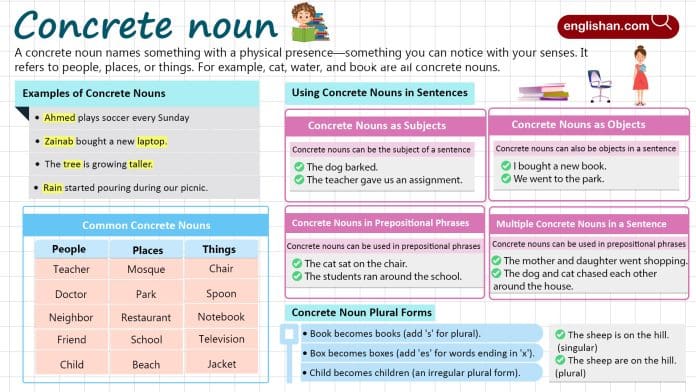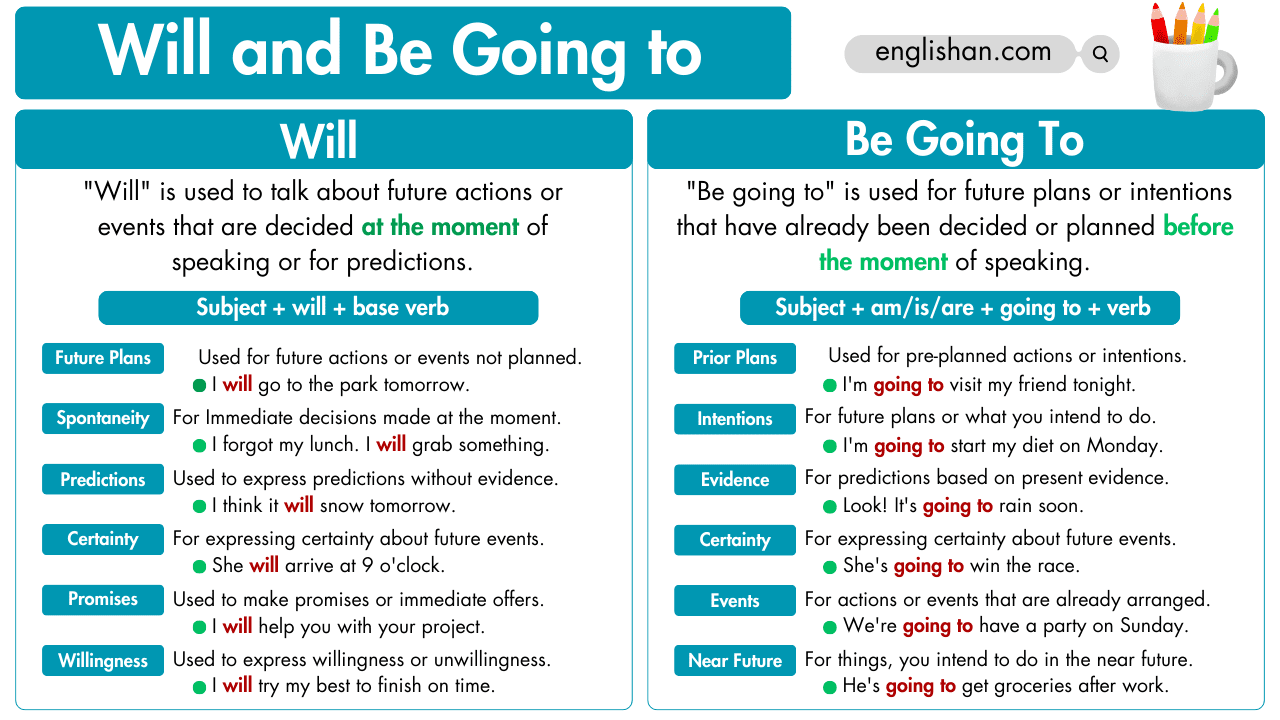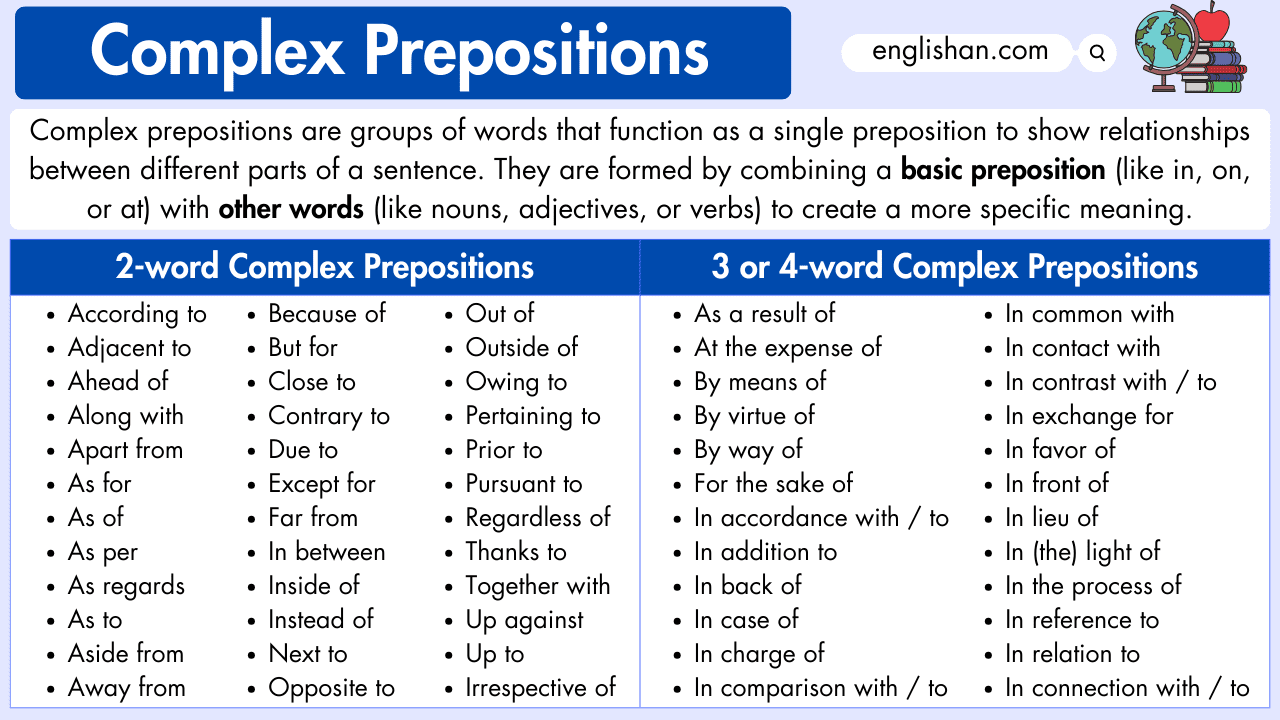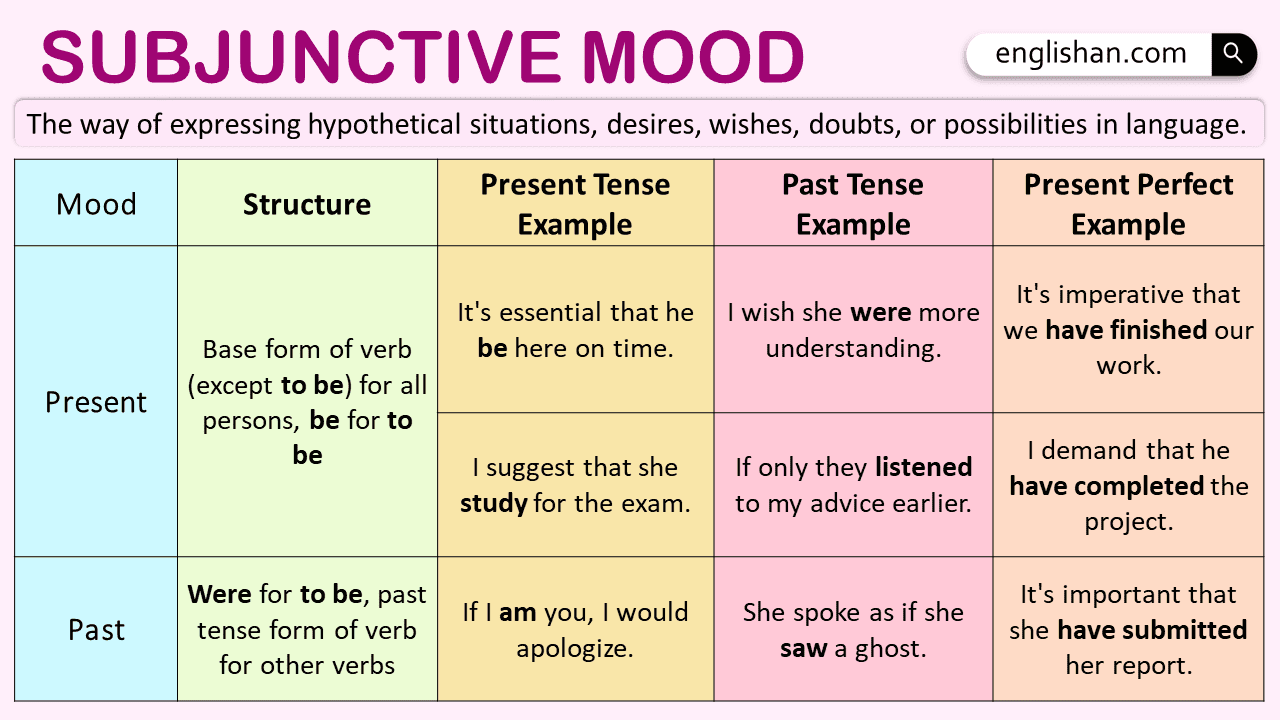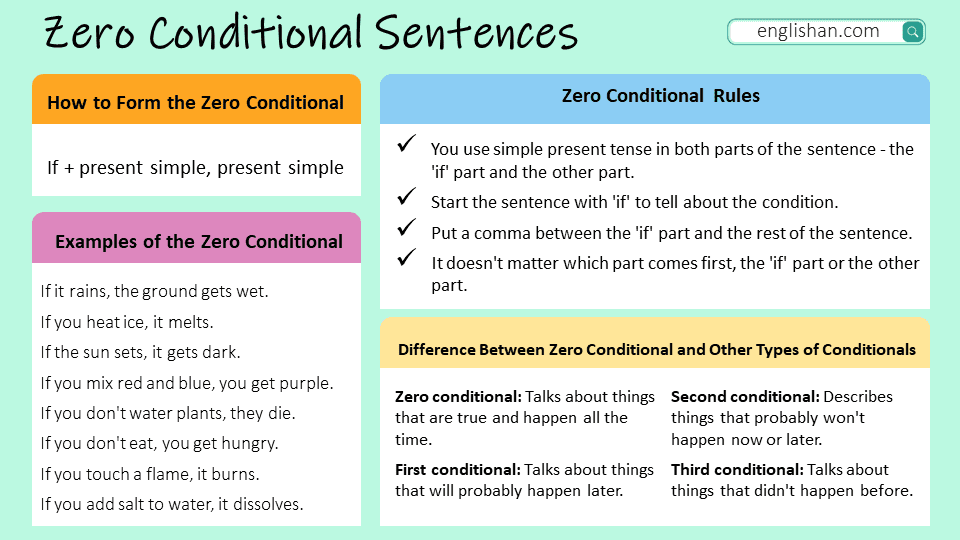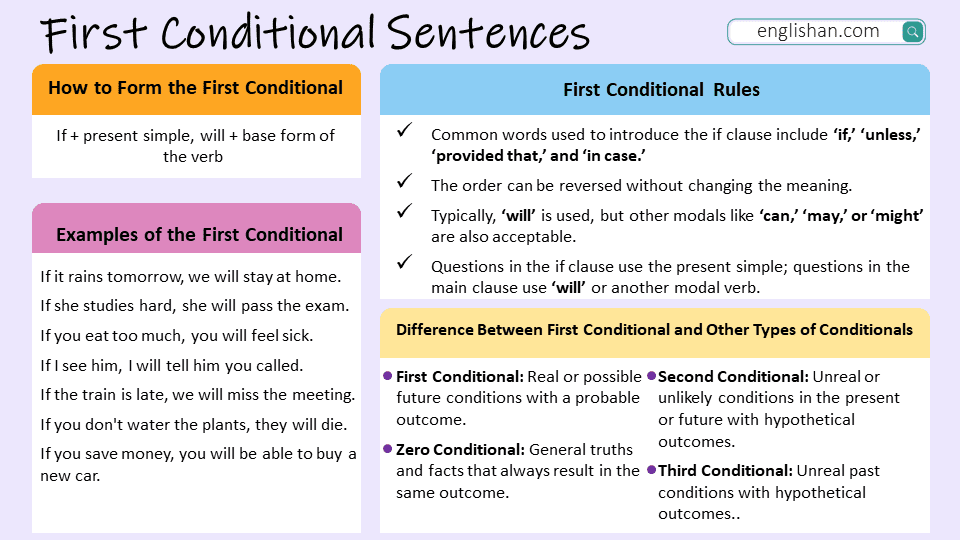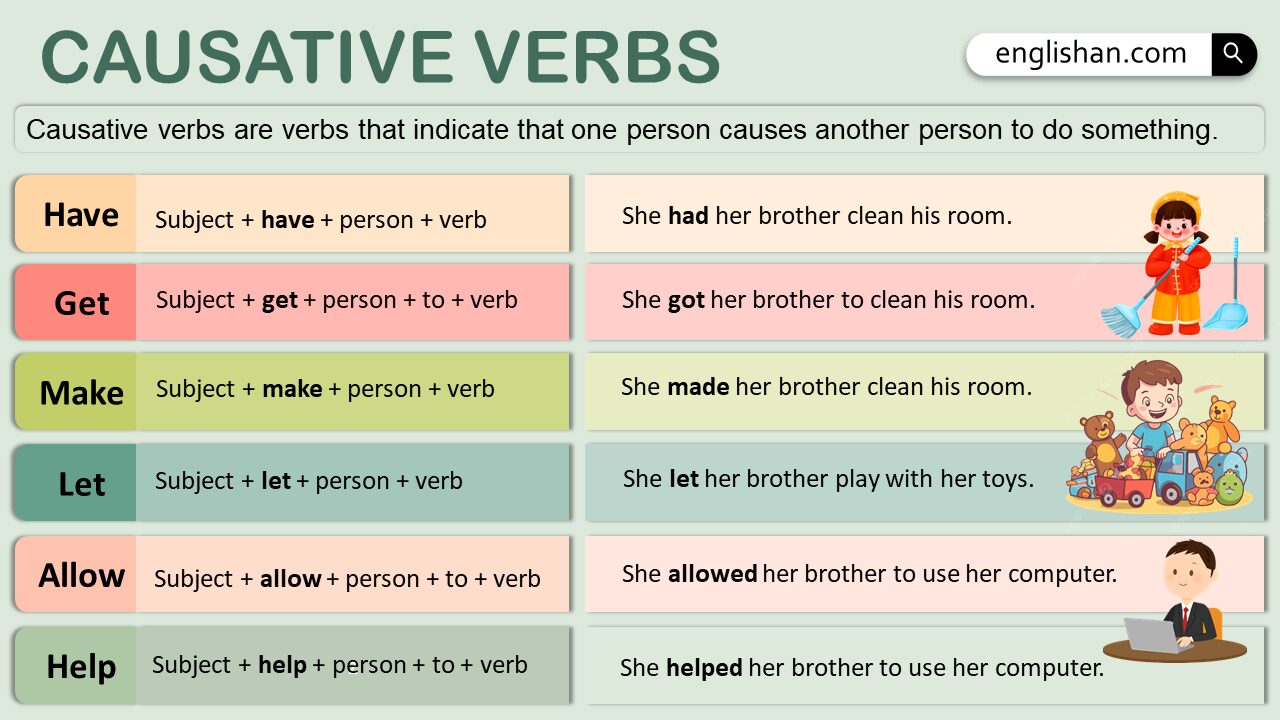Contents
A concrete noun is a noun that names something with a physical presence—something you can experience with your five senses. In simpler words, it refers to people, places, or things that you can touch, see, hear, smell, or taste. For example, words like cat, water, and book are all concrete nouns because they are things you can find in the world around you.
Unlike abstract nouns, which are ideas or feelings that you can’t see or touch (like happiness or freedom), concrete nouns are physical objects that we can experience with our senses.
Examples of Concrete Nouns
Here are some examples of concrete nouns:
- Ahmed plays soccer every Sunday.
Ahmed is a person, and he is someone you can see and talk to. - Zainab bought a new laptop yesterday.
Zainab is a person, and a laptop is a physical object that can be touched and used. - The tree in our yard is growing taller every day.
A tree is something that can be seen, and you can feel it when you touch the bark. - Rain started pouring down during our picnic.
Rain is something you can feel and see.
They include people, places, animals, natural phenomena, and everyday objects.
Common Concrete Nouns
Here are some common concrete nouns, divided into people, places, and things:
| People | Places | Things |
|---|---|---|
| Teacher | Mosque | Chair |
| Doctor | Park | Spoon |
| Neighbor | Restaurant | Notebook |
| Friend | School | Television |
| Child | Beach | Jacket |
These examples show how concrete nouns describe the physical world around us.
Using Concrete Nouns in Sentences
They are used in many types of sentences. Here are some examples:
- Bilal is reading a new book.
Bilal is a person, and the book is a physical object that can be seen and touched. - The cat slept on the couch all day.
Here, both cat and couch are concrete nouns representing things that are physically present.
Concrete nouns make sentences more specific and clear, allowing readers to picture exactly what is happening.
Concrete Nouns as Subjects and Objects
Concrete nouns are often used as the subject or object of a sentence. For example:
- The dog barked.
Dog is the subject and can be seen and heard. - The teacher gave us an assignment.
Teacher is the subject and refers to a person. - I bought a new book.
Book is the object, and it is something that can be touched and seen. - We went to the park.
Park is a concrete noun and is the object of the action.
Concrete Nouns in Prepositional Phrases
We can use them in prepositional phrases. For example:
- The cat sat on the chair.
Chair is part of a prepositional phrase, and it is something you can see and touch. - The students ran around the school.
School is a concrete noun in the prepositional phrase. - We stopped at the store.
Store helps specify where we stopped.
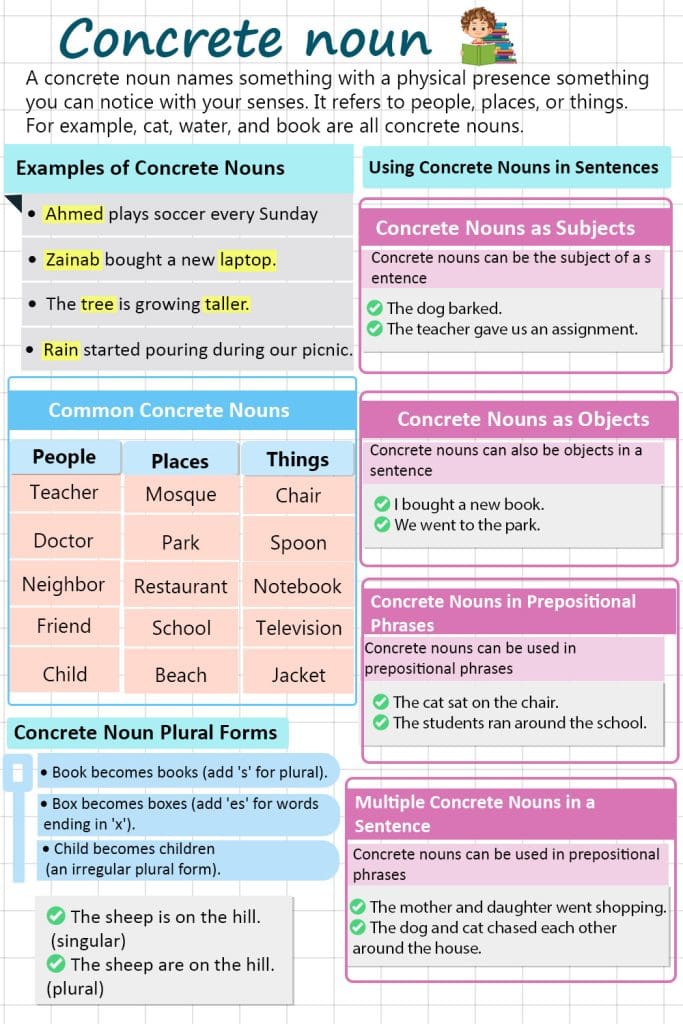
Making Sentences More Descriptive with Adjectives
When using concrete nouns, it’s important to make your sentences descriptive so readers can visualize what you’re talking about. Using adjectives can help add more detail. For example:
- The small brown dog barked at the tall man.
Small and brown describe the dog, while tall describes the man. These adjectives help us picture the scene more clearly.
Plural Forms of Concrete Nouns
They can be singular or plural:
- Book becomes books.
You add an ‘s’ to make it plural. - Box becomes boxes.
Add ‘es’ because the noun ends in ‘x’. - Child becomes children.
This is an irregular plural form.
Some nouns have the same form for both singular and plural:
- The sheep is on the hill. (singular)
- The sheep are on the hill. (plural)
In these cases, context helps us understand whether we are talking about one or many.
Summary
Concrete Nouns are important for describing the world around us. They represent people, places, and things that are part of our daily lives, making our language more vivid and clear. Knowing how to use them correctly makes your sentences more interesting and easy to understand.
Read More
